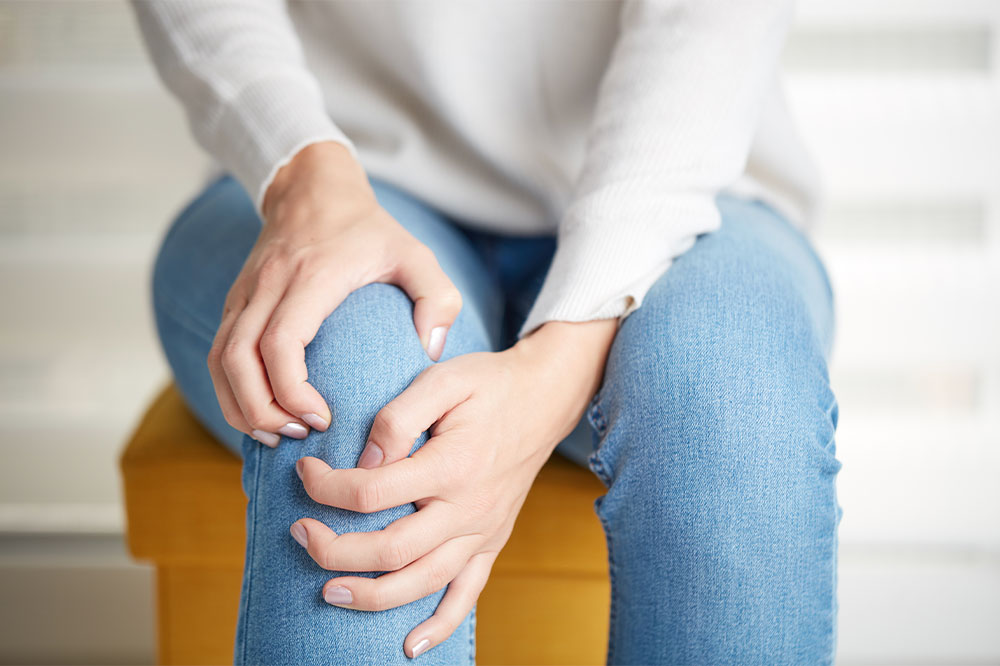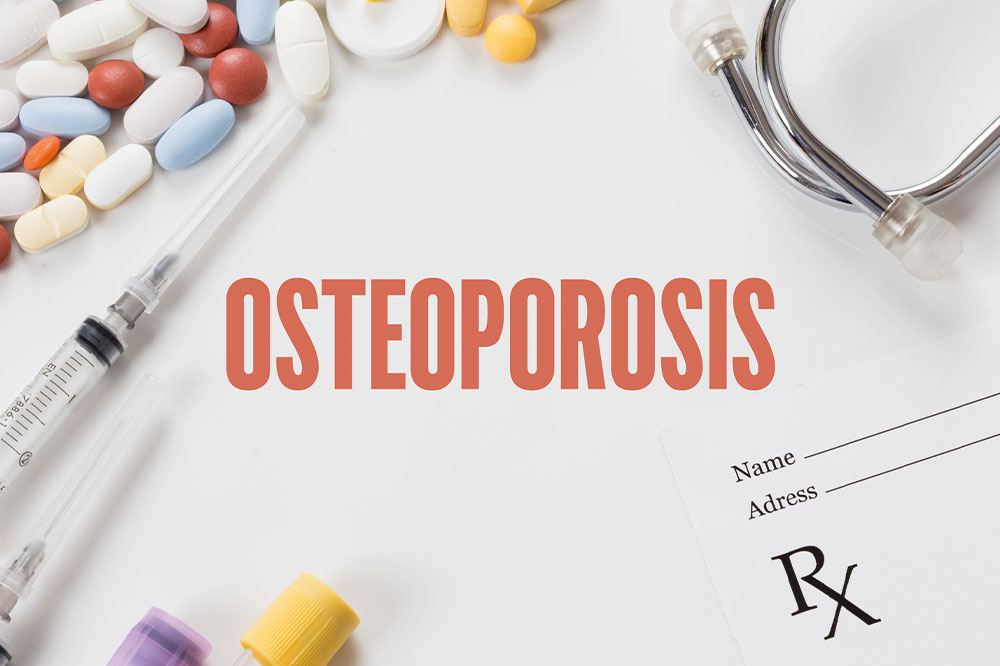5 conditions that may lead to bone loss

It is widely known that old age and menopause tend to increase the risks of osteoporosis or bone loss. However, very few people know that some specific disorders can also increase the chances of bone loss. While some of these conditions are the root cause of bone loss, others indirectly enhance the risk of diseases such as osteoporosis. Thus, here are five health conditions you must know and adequately manage to prevent bone loss:
Diabetes
For reasons still unexplained, scientists have observed that patients with Type 1 diabetes frequently suffer from bone loss. According to studies, the bones of patients with Type 1 diabetes tend to have delayed bone recovery and regeneration. Besides, their bone formation also is lower than normal. Type 1 diabetes typically begins in childhood, a period when your bones are still in the developing stage. In this condition, your pancreas releases little or no insulin, a protein hormone that maintains your blood sugar by carrying them to different parts of the body to be used as energy. It has been observed that without a sufficient amount of insulin, your bones may not reach their peak potential density. Furthermore, even if their bone density is not too lower than normal, patients with Type 1 and Type 2 diabetes are more susceptible to bone fracture than others.







